The recent buzz about SARMs (selective androgen receptor modulators) sees many fitness enthusiasts gunning for the steroid. Research evidence continues to suggest SARMs potential to build muscle and shed fat in fitness cycles. However, you need correct details to take full advantage of this steroid and its potential benefits.
See all the details you need about using SARMs, likely side effects, health risks, its legal status, and more through this guide.
What are SARMs?

SARMs are a class of compounds that act on the body’s androgen receptors. These steroids act as keys to unlock receptors in our muscles and bones, allowing a rush of testosterone and dihydrotestosterone (DHT) into those areas. The process influences muscle development, bone density, and sexual function among users.
SARMs work on specific androgen receptors based on their chemical structure. Its selective binding impacts anabolic cellular activity while evading side effects linked to conventional anabolic steroids. The tissue-specific action from SARMs make them attractive, as they can address certain medical conditions while minimizing off-target effects.
Types of SARMs
Four (4) major types of SARMs exist:
- Arylpropionamide SARMs (developed in 1998 by researchers at the University of Tennessee),
- Quinolone-based SARMs (developed independently by Ligand Pharmaceuticals, also in 1998),
- Hydantoin derivatives – show high affinity and specificity for androgen receptors,
- Bicyclic 6-anilino quinolinone derivatives – these compounds demonstrate anabolic activity on muscles and bones in preclinical studies.
Each SARM possesses unique chemical structure and properties and offers different levels of effectiveness and potential side effects.
Comparison to Anabolic Steroids
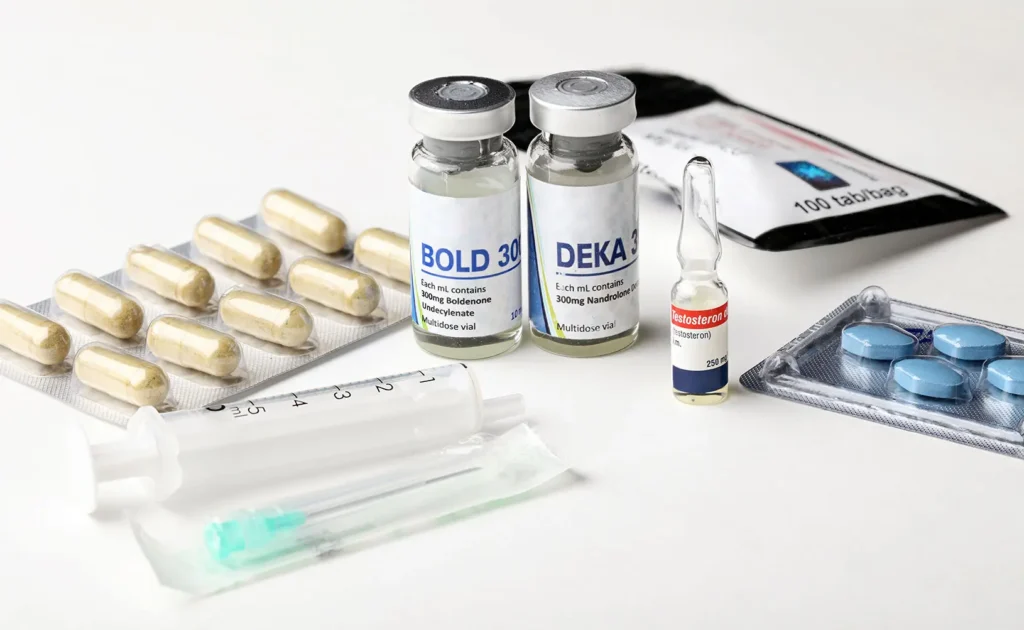
Different modes of action
SARMs and anabolic steroids adopt different mechanisms of action to encourage muscle growth. SARMs target specific receptors in muscles and bones while anabolic steroids unlock androgen receptors throughout the body. SARMs targeted approach reduces the risk of unwanted side effects in other tissues where their action is not required.
Differences in metabolic effect
Dihydrotestosterone (DHT) has no metabolic effect on SARMs, and this reduces the risk of androgenic effects. SARMs also do not convert to estrogen by aromatase and limits estrogenic effects. This selective action is what gives SARMs their name – they modulate androgen receptor activity with precision.
However, anabolic steroids can create new androgen receptors throughout the body and leads to more widespread effects. The broad impact of anabolic steroids has a link with higher rate of adverse effects compared to SARMs.
SARMs do not have approval for therapeutic use. The long-term effects and safety profile are is unknown and more research is needed to establish their efficacy and safety for various applications.
Potential Benefits and Uses of SARMs
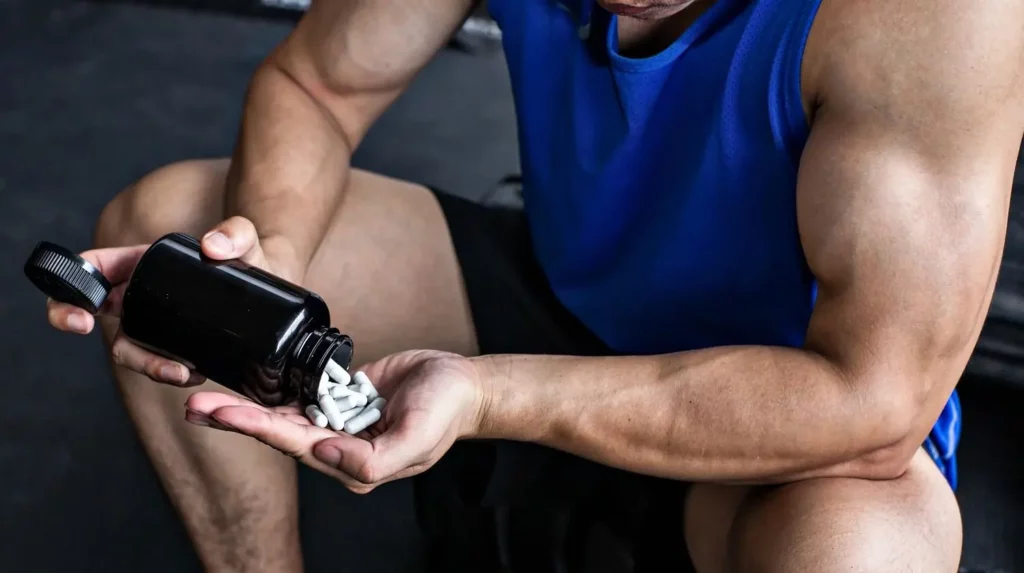
Muscle growth and fat loss
SARMs are popular for their potential to encourage muscle growth and fat loss. These compounds influence on anabolic cellular activity, which means they can help build muscle mass. Some studies suggest that SARMs increase lean body mass and reduce body fat 1. The two-way benefit makes these steroids attractive to bodybuilders and athletes looking to enhance their physique and performance.
Treatment of muscle-wasting diseases

Research attention on SARMs as a new class of anabolic therapies for several clinical conditions is growing. It is a potential treatment for muscle-wasting caused by several diseases like cancer cachexia, chronic obstructive pulmonary disease (COPD), and HIV.
The ability of SARMs to promote both muscle strength and bone mechanical strength gives them a unique advantage over other therapies. It is particularly important because survival of cancer patients correlates directly with muscle mass. SARMs may have the potential to improve muscle regeneration and increase lean body mass in patients suffering from these conditions.
Osteoporosis and bone health
SARMs also show potential as a treatment of osteoporosis and improvement of bone health. Multiple SARMs demonstrate the ability to promote new bone growth and increase bone strength in animal models.
Recently, four SARMs – BA321, YK11, Ostarine, and LY305 – have shown promise in the treatment of osteoporosis. For example, Ostarine (brand name Enobosarm) shows beneficial effects on bone mineral density and volume in pre-clinical studies. These findings suggest that SARMs offer a new approach to treat osteoporosis and improve bone health.
Side Effects and Health Risks
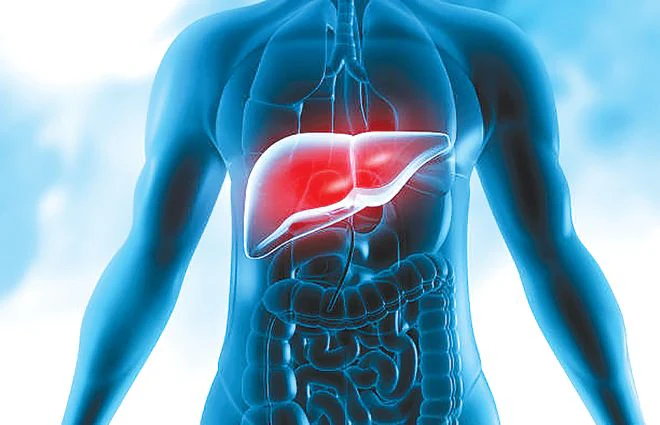
Potential side effects of SARMS include:
Liver toxicity
SARMs increases the risk of liver damage among users. Multiple reports of drug-induced liver injury (DILI) linked to SARM use are documented in studies. Users have experienced severe cholestatic liver injury in some cases that can lead to jaundice, fatigue, and potential acute liver failure.
The mechanism behind liver toxicity from SARM use is not fully understood; however, it may be similar to liver damage induced by anabolic steroids.
Cardiovascular risks
SARMs may also have an impact on cardiovascular health. The FDA warns that these compounds could increase the risk of heart attack and stroke. Studies show that SARMs can lower high-density lipoprotein (HDL) cholesterol levels. This alteration may potentially increase the risk of cardiovascular disease.
Hormonal imbalances
SARMs can still cause hormonal disruptions despite being marketed as a safer alternative to anabolic steroids. Users report decreased endogenous testosterone levels that can lead to various issues like sexual dysfunction and fertility problems. Some individuals have even experienced testicular shrinkage because of SARM use.
Other potential side effects
SARMs may lead to other side effects like:
- Users reported sleep disturbances, hallucinations, and mood swings,
- Cases of rhabdomyolysis (condition involving the breakdown of muscle tissue),
- Links to tendon ruptures and a higher potential for musculoskeletal complications,
The lack of regulation in the production and sale of SARMs means users may be exposed to contaminated or mislabeled products and increase the risk of adverse effects.
Pro Tip: Consult a healthcare professional before starting a new supplement regimen, especially when it involves compounds not approved for human use.
Legal Status and Regulation
The legal status of SARMs continue to evolve. Regulatory approval for this steroid is scarce among recognized health authorities. However, many countries do not rank SARMs among controlled substances. Let’s see the status of this drug from health regulation, sports, and marketing perspectives.
FDA stance on SARMs
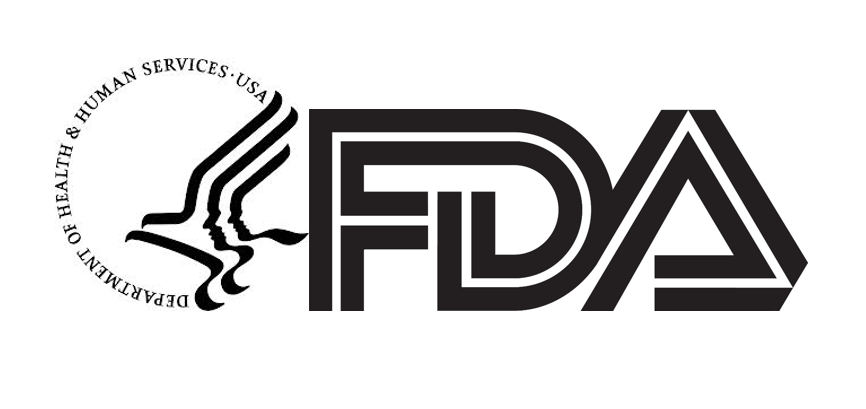
The Food and Drug Administration (FDA) takes a firm position against selling and using SARMs. These compounds have no approval for human consumption and restrictions on their commercial use are in place. The FDA expresses serious concerns about potential health risks linked to SARMs that include:
- an increased risk of heart attack,
- heightened chance of stroke, and
- life-threatening reactions like liver damage.
The FDA has been actively working to curb the illegal marketing and sale of SARMs to address these concerns. They also issue warning letters to companies selling these products and stores marketing them as dietary supplements.
Possessing or distributing unapproved drugs like SARMs can result in criminal charges and fines or even imprisonment.
Banned status in sports
The World Anti-Doping Agency (WADA) and the National Collegiate Athletic Association (NCAA) prohibit the use of SARMs in sports. These organizations highlight SARMs and their potential to enhance athletic performance unfairly as the reason for tagging it among banned substances. Unscrupulous marketing drives of supplements with SARMs may also conceal the presence of these steroids. A 2020 study found significant discrepancies between the labeled contents and actual composition of many supplements claiming to contain SARMs.
Pro Tip: Athletes need to be exercise caution while choosing supplements. Some products marketed as “dietary supplements” may contain undeclared SARMs.
Availability and marketing as supplements
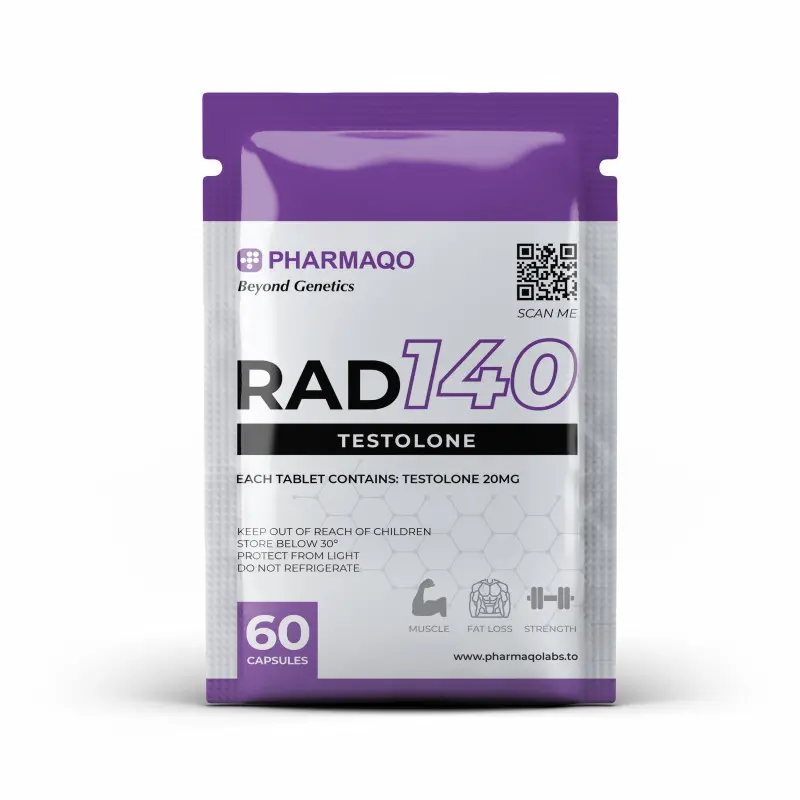
The FDA states in clear terms that SARMs do not meet the legal definition of dietary supplements.
Companies attempting to sell SARMs for sale may use deceptive marketing tactics. Some label their products for “research purposes only” while targeting fitness enthusiasts for personal use. The FDA and US Department of Justice view this practice as criminal fraud.
Poor regulation in the production and sale of SARMs means that users may be exposed to contaminated or mislabeled products. A 2017 study found that only about half of the products marketed as SARMs actually contained any SARM compounds, and many contained substances not listed on the label.
Regulation of SARMs may change as research continues and public awareness grows as reported by experts.
Conclusion
SARMs remain popular in fitness and medical circles for its potential to boost muscle growth, promote fat loss, and support bone health. However, using such steroids come with potential risks that may affect internal organs or trigger hormonal imbalances.
You need to weigh the potential benefits against serious health risks carefully before using SARMs. Consult a healthcare professional before starting any new supplement regimen, especially products without approval for human use. Stay informed and give your health full priority while taking full advantage of powerful steroids achieve your fitness goals.
Ask Expert
Have a question about this article? Dr. Grant F., a trusted medical expert with years of experience, is here to help! Submit your question, and he’ll provide clear, reliable answers to guide you.
